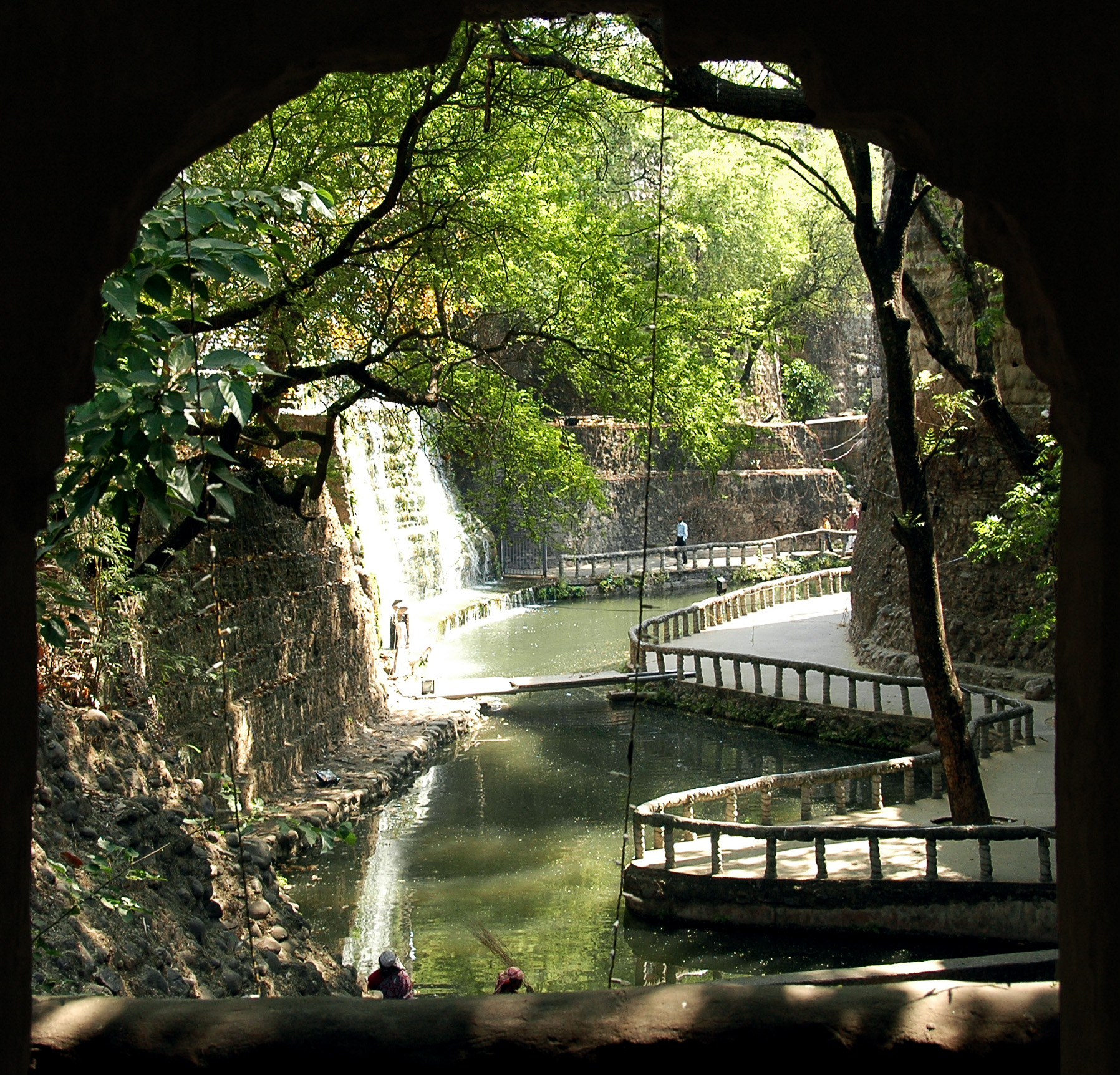12th Century Torana at Parshvanatha Temple Jaisalmer Fort
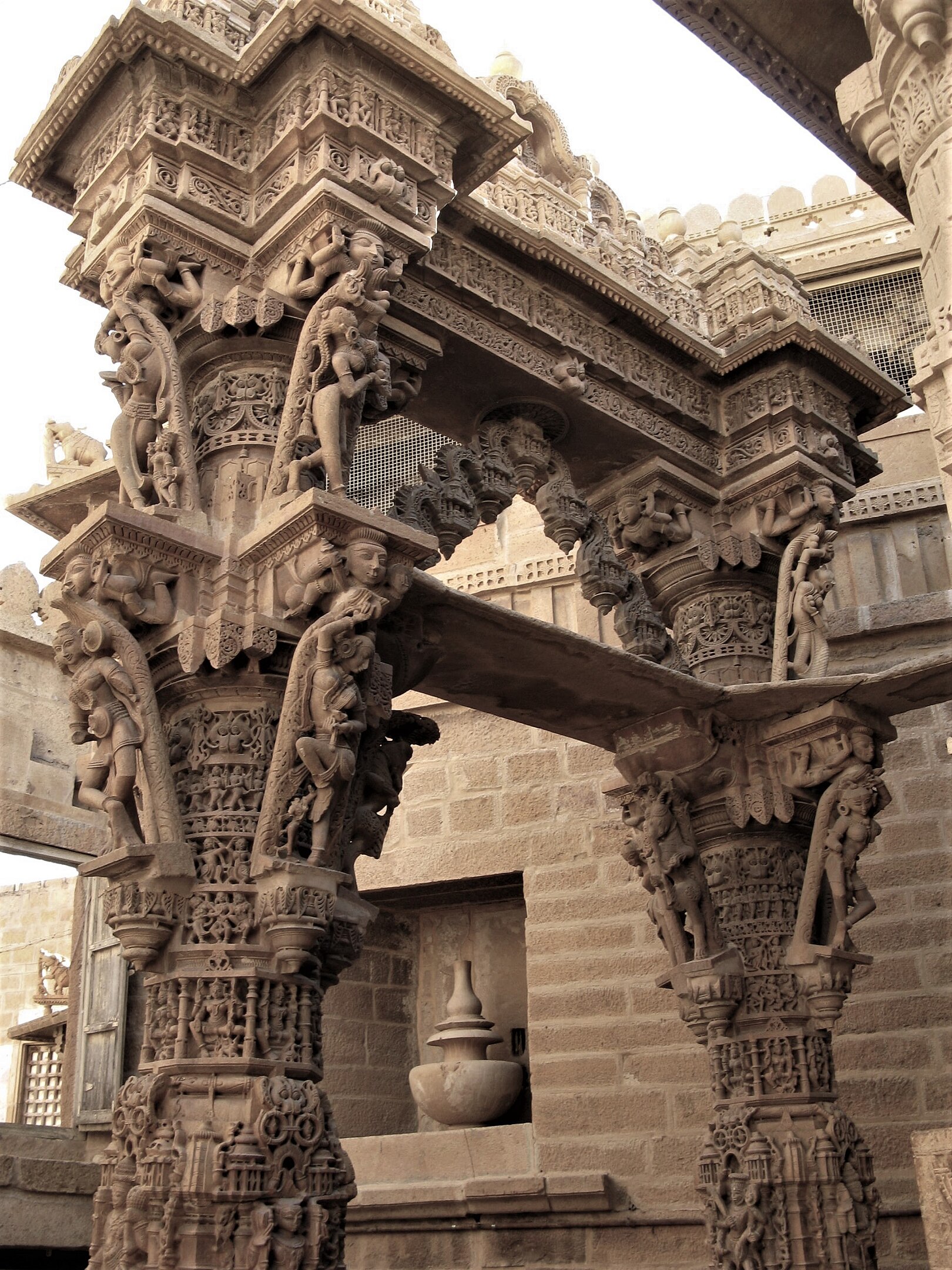
The architecture of India is rooted in its history, culture, and religion. Indian architecture evolved in various eras, reflecting the complex and diverse history of the subcontinent. From ancient times through the medieval period to modern times, Indian architecture has seen a wide range of influences and styles.
India after Independence
After gaining independence in 1947, India embarked on a journey to forge a new architectural identity. The period following independence saw a blend of traditional Indian aesthetics with modern design principles, leading to the development of what is often referred to as the Modernist movement in Indian architecture. This era was marked by the works of architects like Le Corbusier, who designed the city of Chandigarh, and Louis Kahn, known for the design of the Indian Institute of Management, Ahmedabad. These developments were in line with Nehru’s vision of a modern India, integrating advanced technologies and design methodologies while respecting cultural heritage.
Landscape Architecture
Landscape architecture in India combines natural elements with architectural practices, aiming to create harmonious outdoor spaces. It encompasses garden design, public parks, and the planning of urban green spaces, reflecting India’s diverse flora and the importance of nature in Indian culture. The historical Mughal gardens, such as those seen in the Taj Mahal, are early examples of landscape architecture in India, showcasing the integration of man-made and natural elements.
Arches
Arches are a significant element in Indian architecture, symbolizing both structural and aesthetic aspects. They are found in various forms and styles across the historical spectrum of Indian architecture, from the Islamic arches of Mughal monuments, such as the Buland Darwaza in Fatehpur Sikri, to the decorative arches in Hindu temple architecture. Arches not only served as an architectural feature but also as a means to support structures, allowing the creation of large spans and the complex interplay of light and shadow in buildings.
Indian architecture, with its rich diversity, reflects the country’s complex cultural fabric. From the ancient stepwells and temples to the colonial-era buildings and modern skyscrapers, the architectural landscape of India tells the story of a nation that has constantly evolved while staying rooted in its past.
Arches of Diwan I Khas Red Fort Delhi
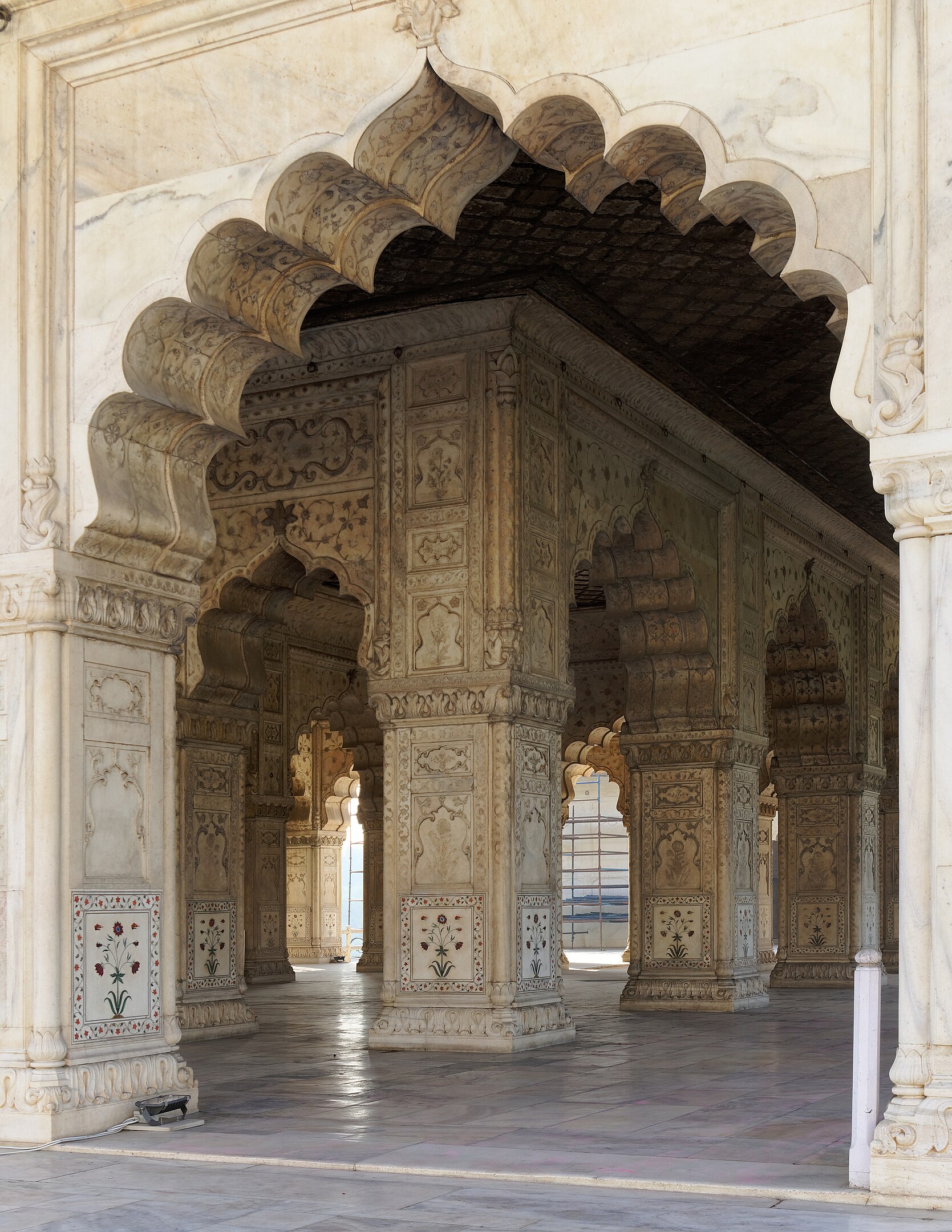
Char Bagh Garden Rajastan
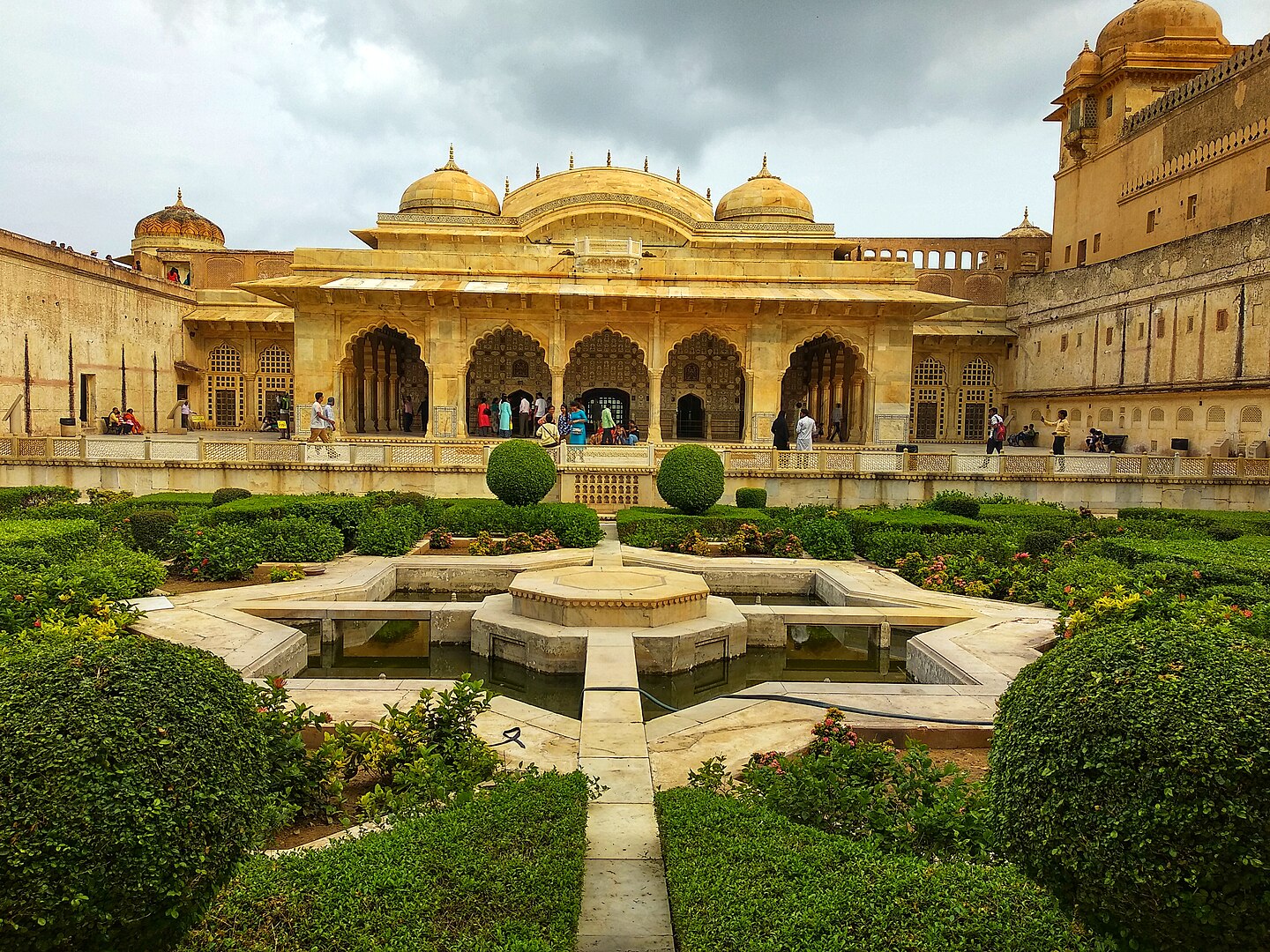
Dropped Keystone King Edward VII Arch Victoria Memorial
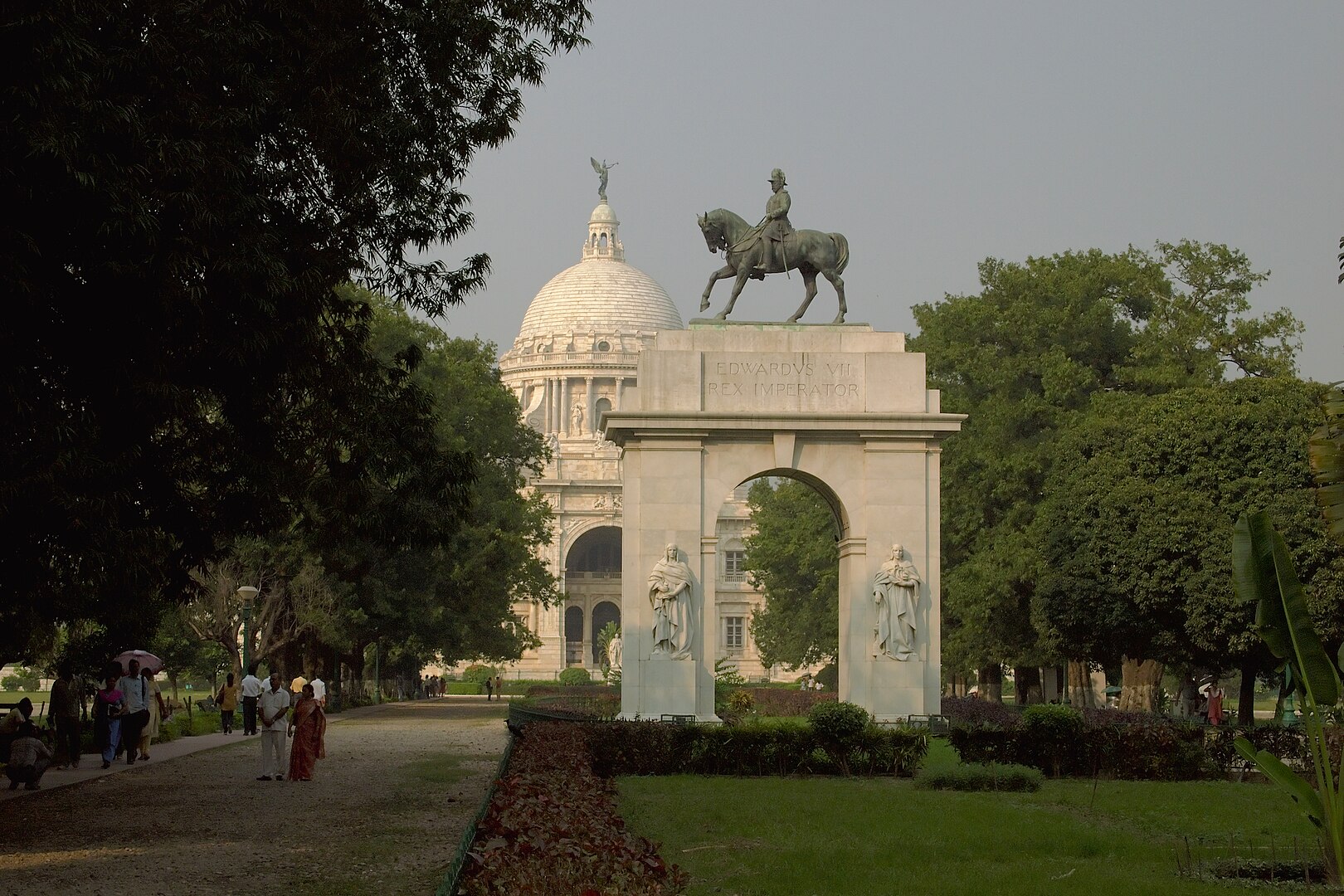
Lal Bagh Bengaluru
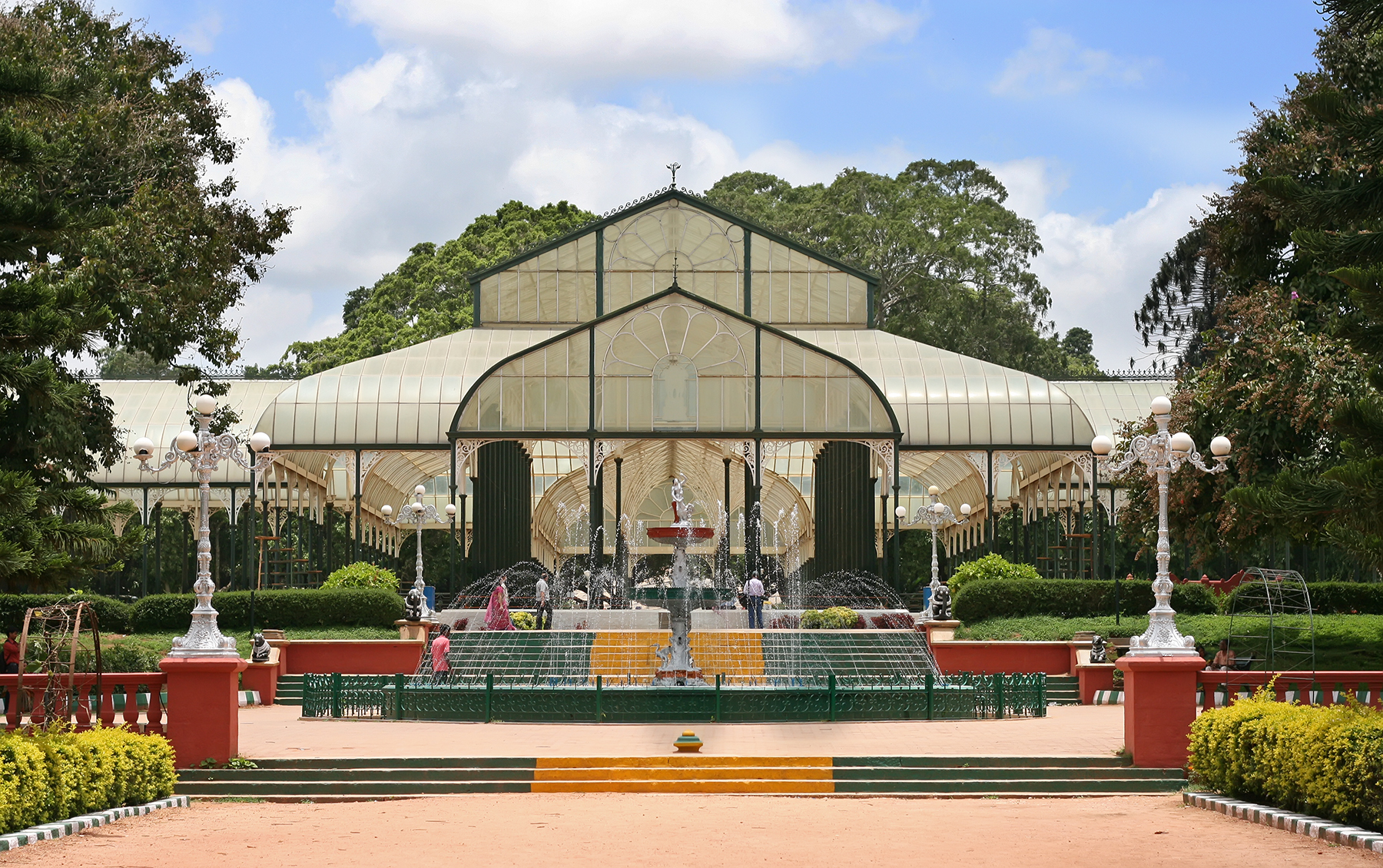
Lotus Temple Delhi Fari Borz Salhba
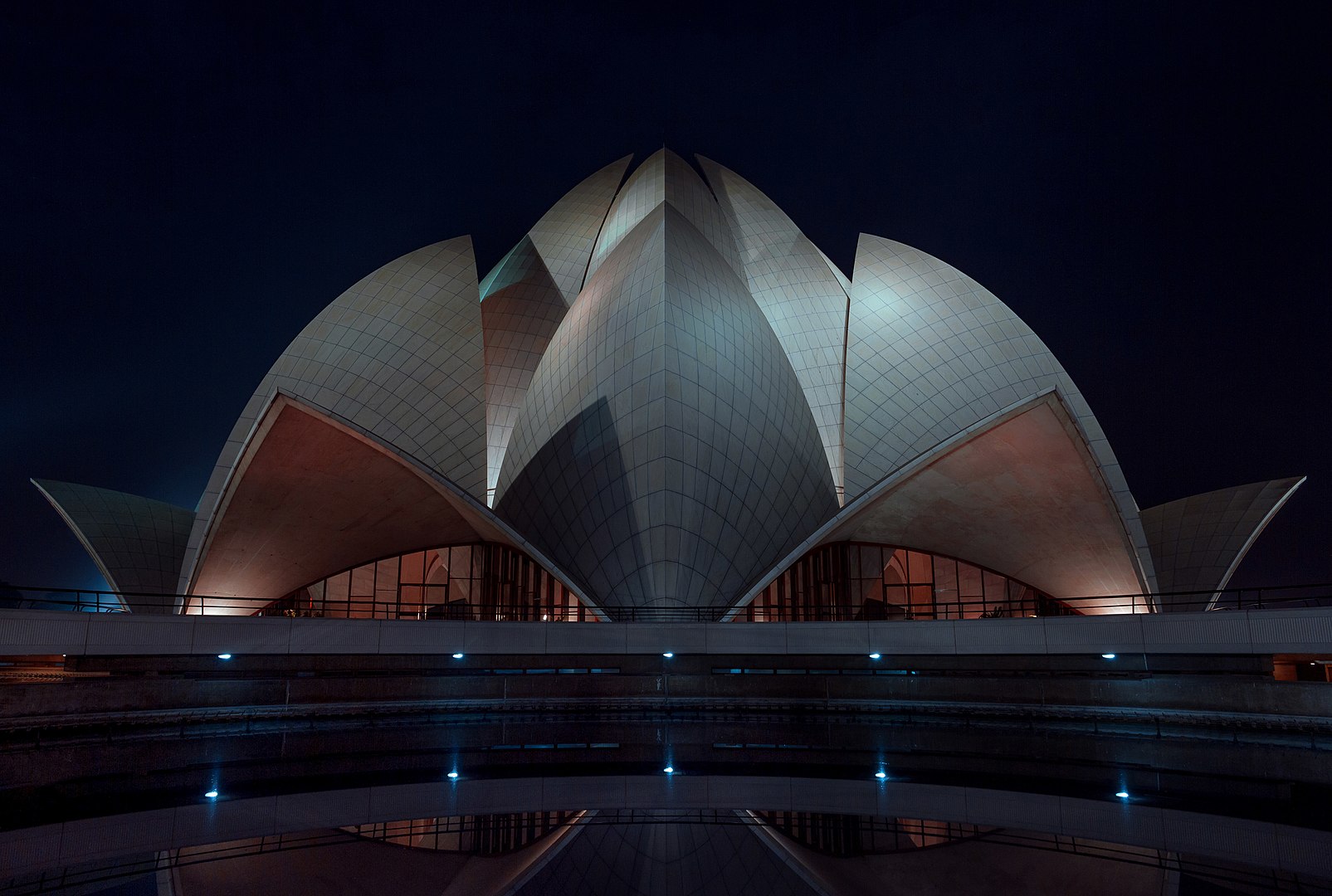
Nashat Bagh Srinagar
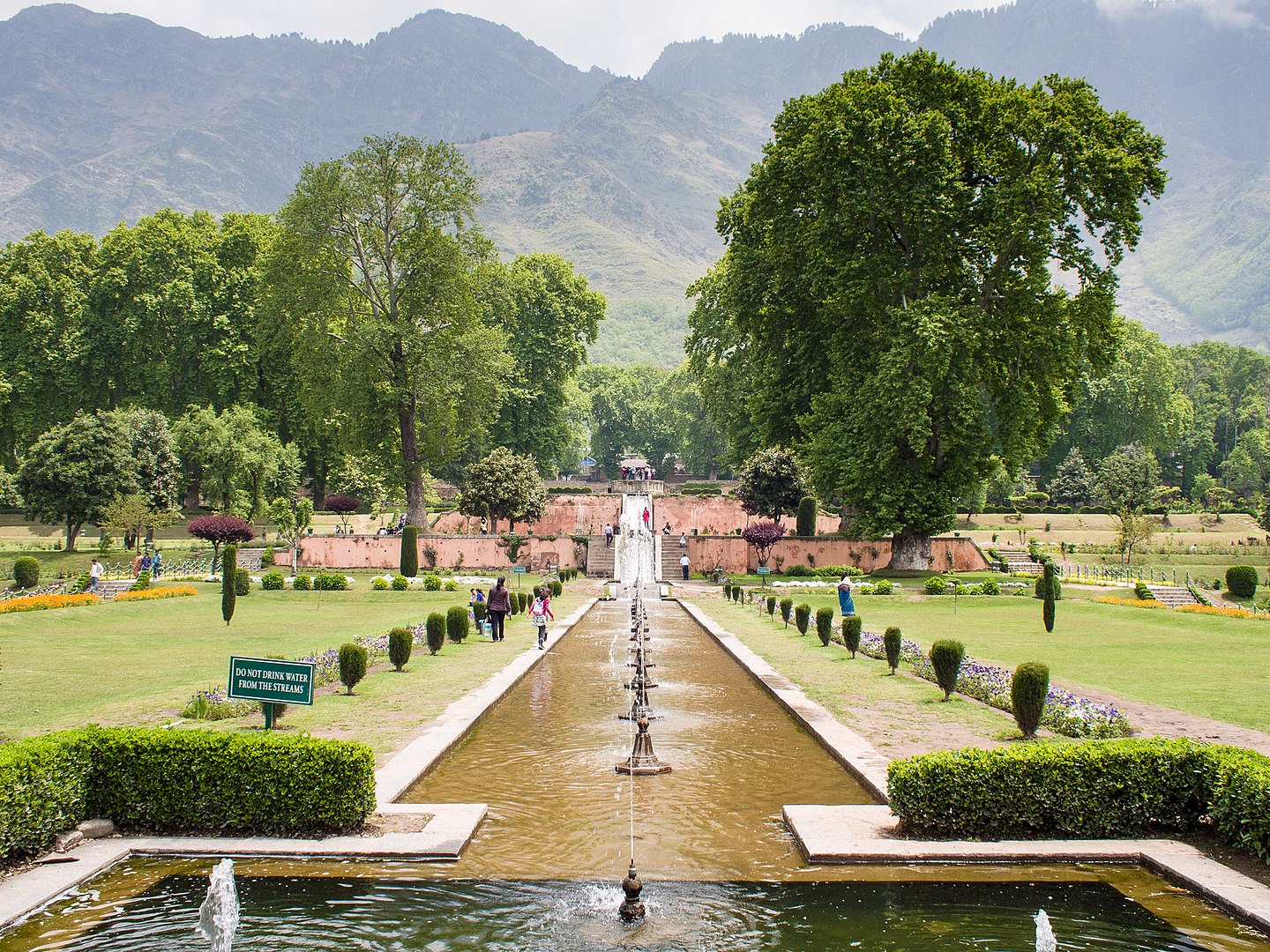
Nav Toran Temple Neemuch Madhya Pradesh
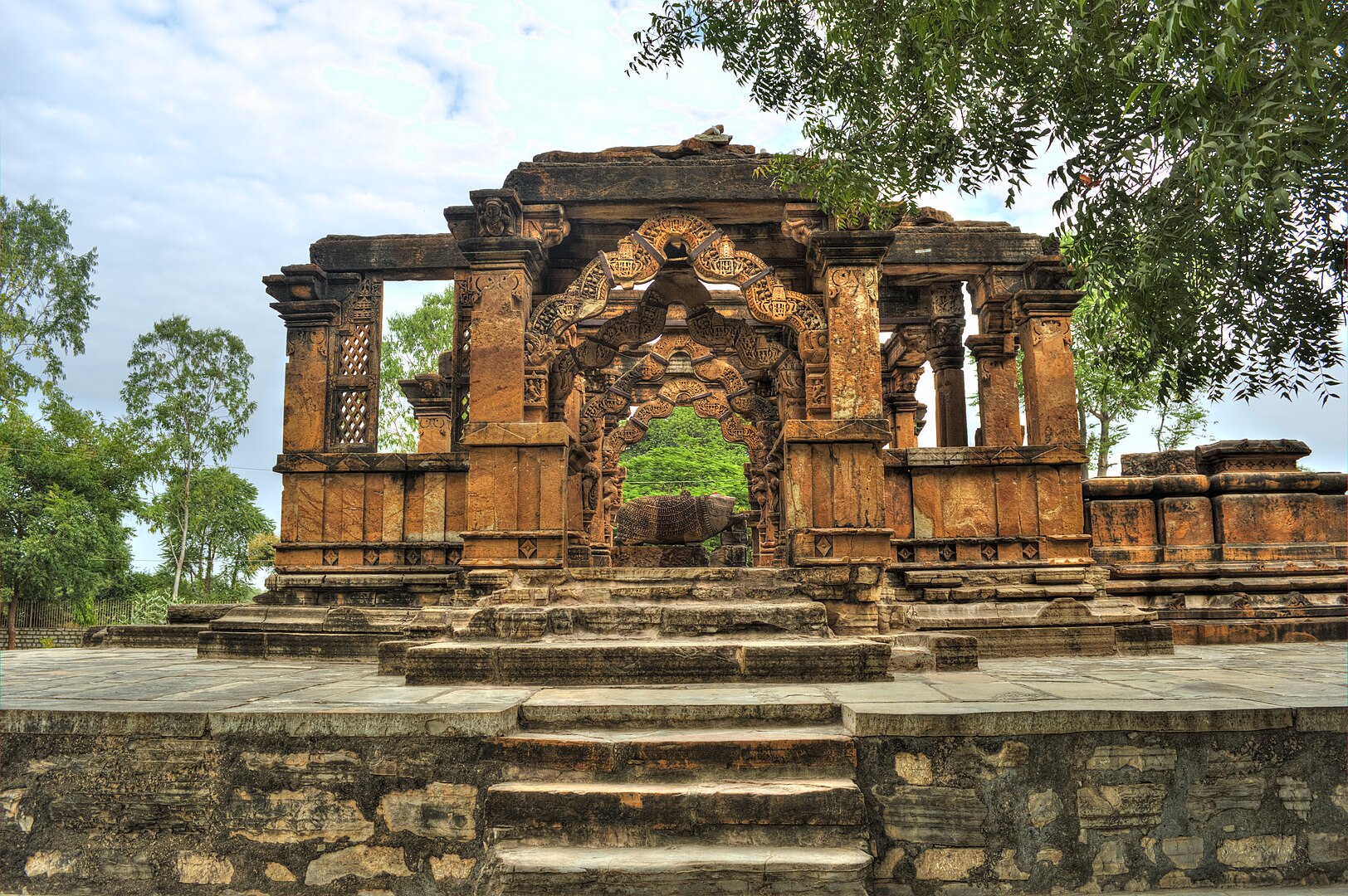
Pari Mahal
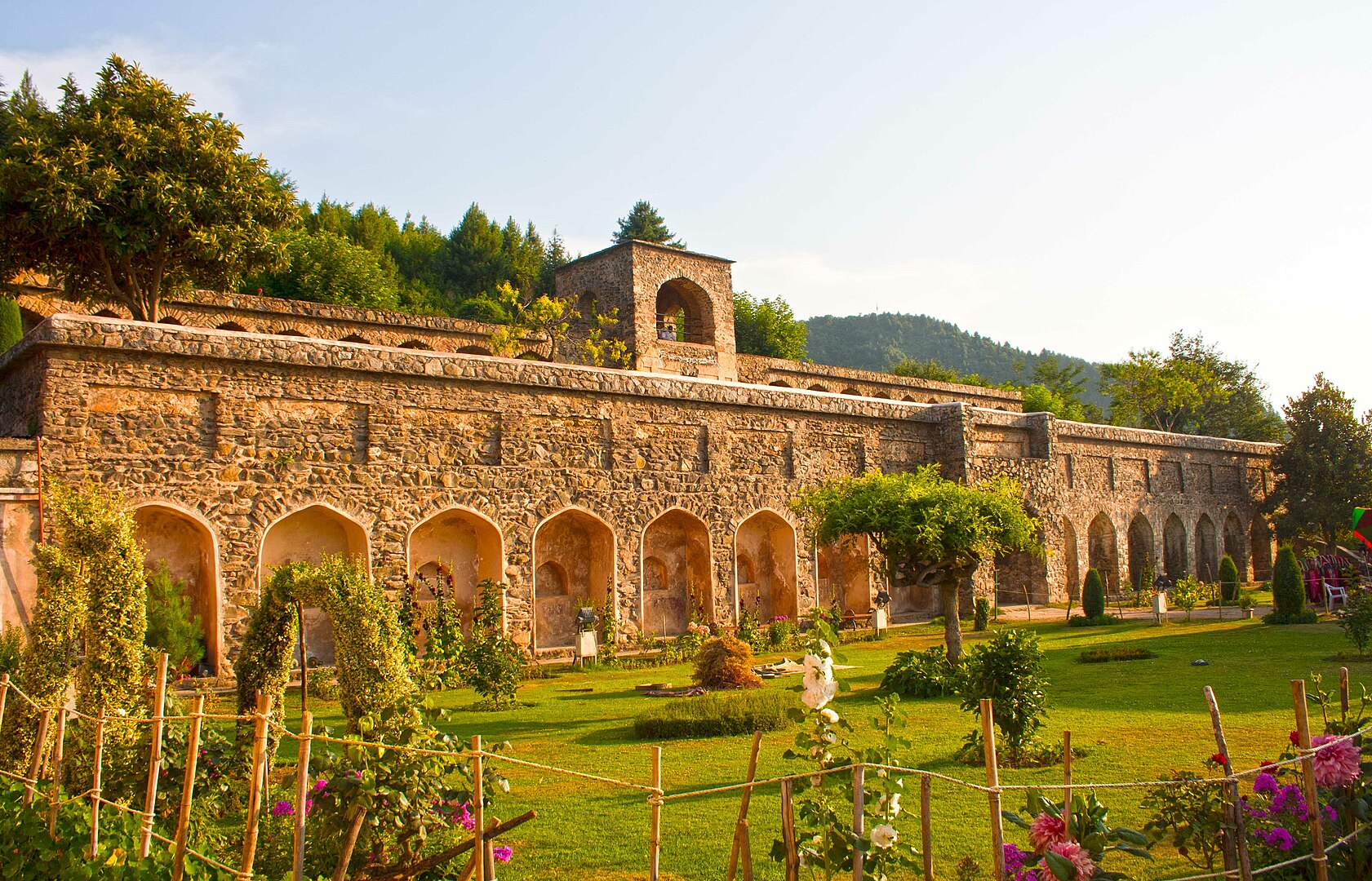
Post and Intel Construction Trabeate Style of Airavatesvara Temple India
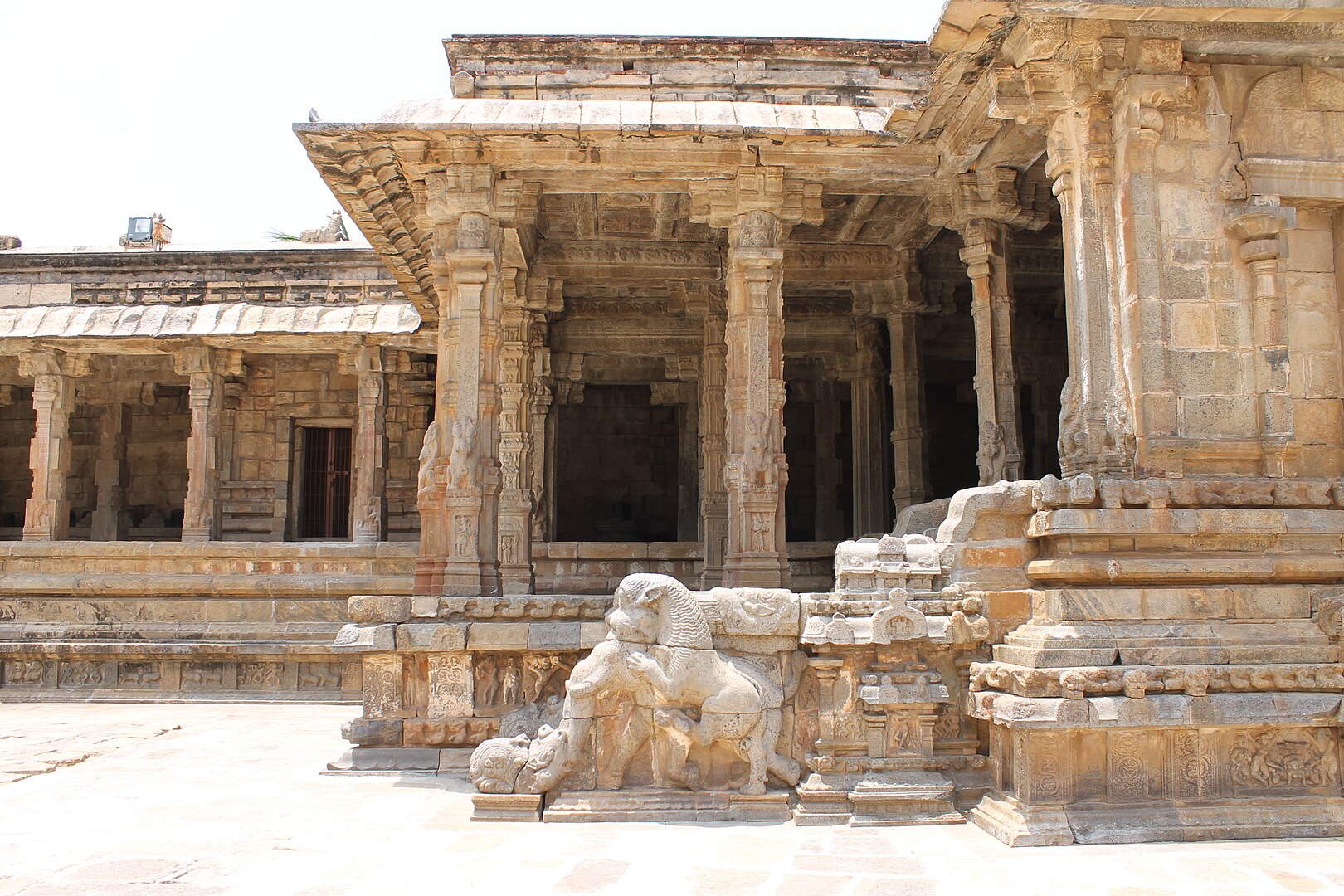
Rear Side of North Torana of Stupa 1 at Sanchi Hill 3rd Century BCE to 1st Century BCE India
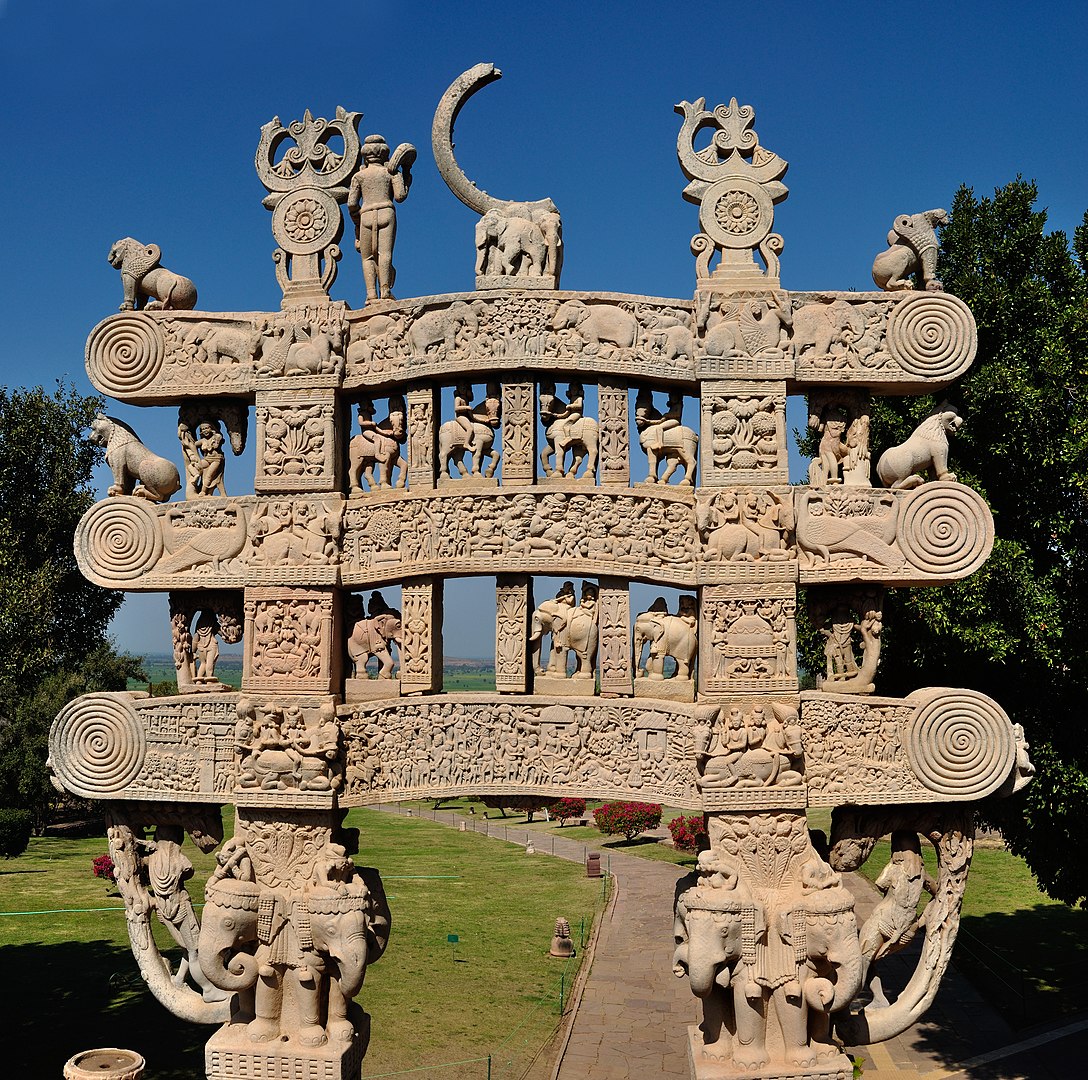
Reserve Bank of India RBI Building Kolkata Sir Rajen Mookherjee

Secretariat Building Chandigarh Le Corbusier
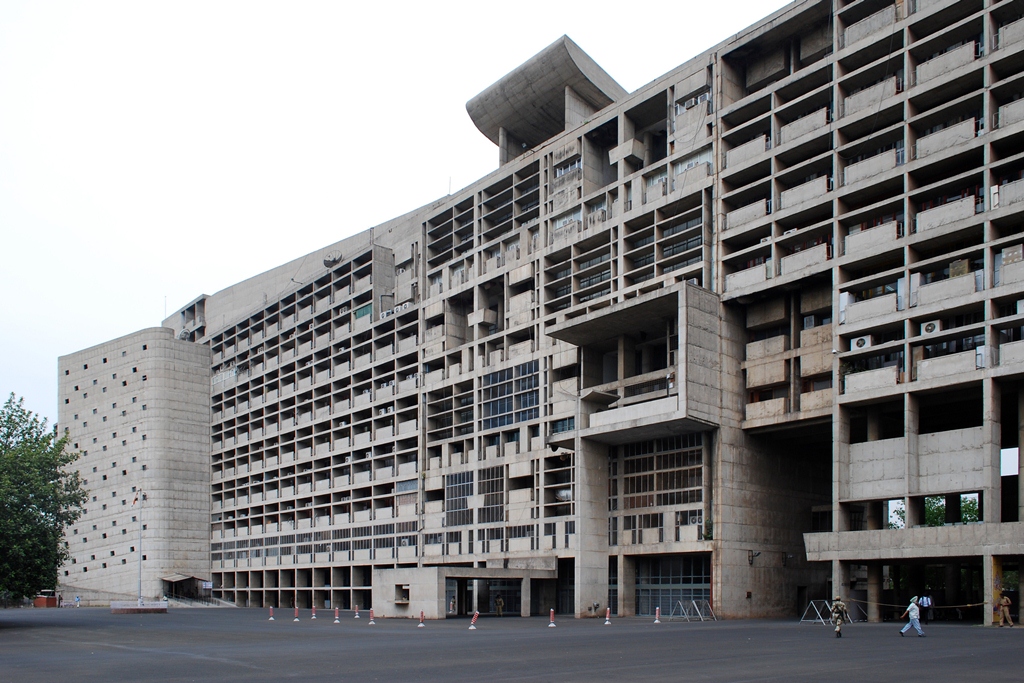
Stateman House New Delhi Sir Edwin Lutyans and Sir Herbert Baker
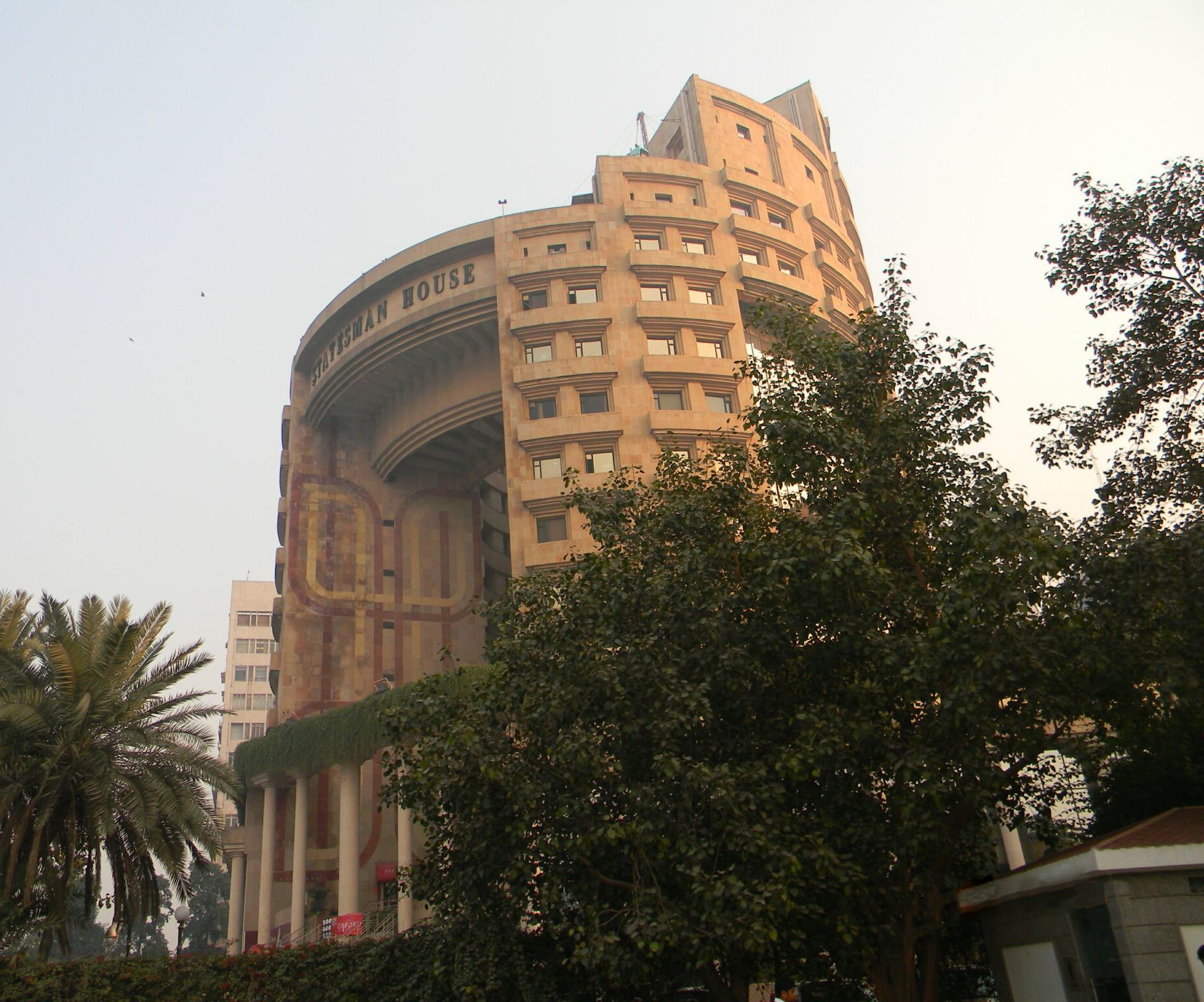
T Delhi J.K. Choudhury
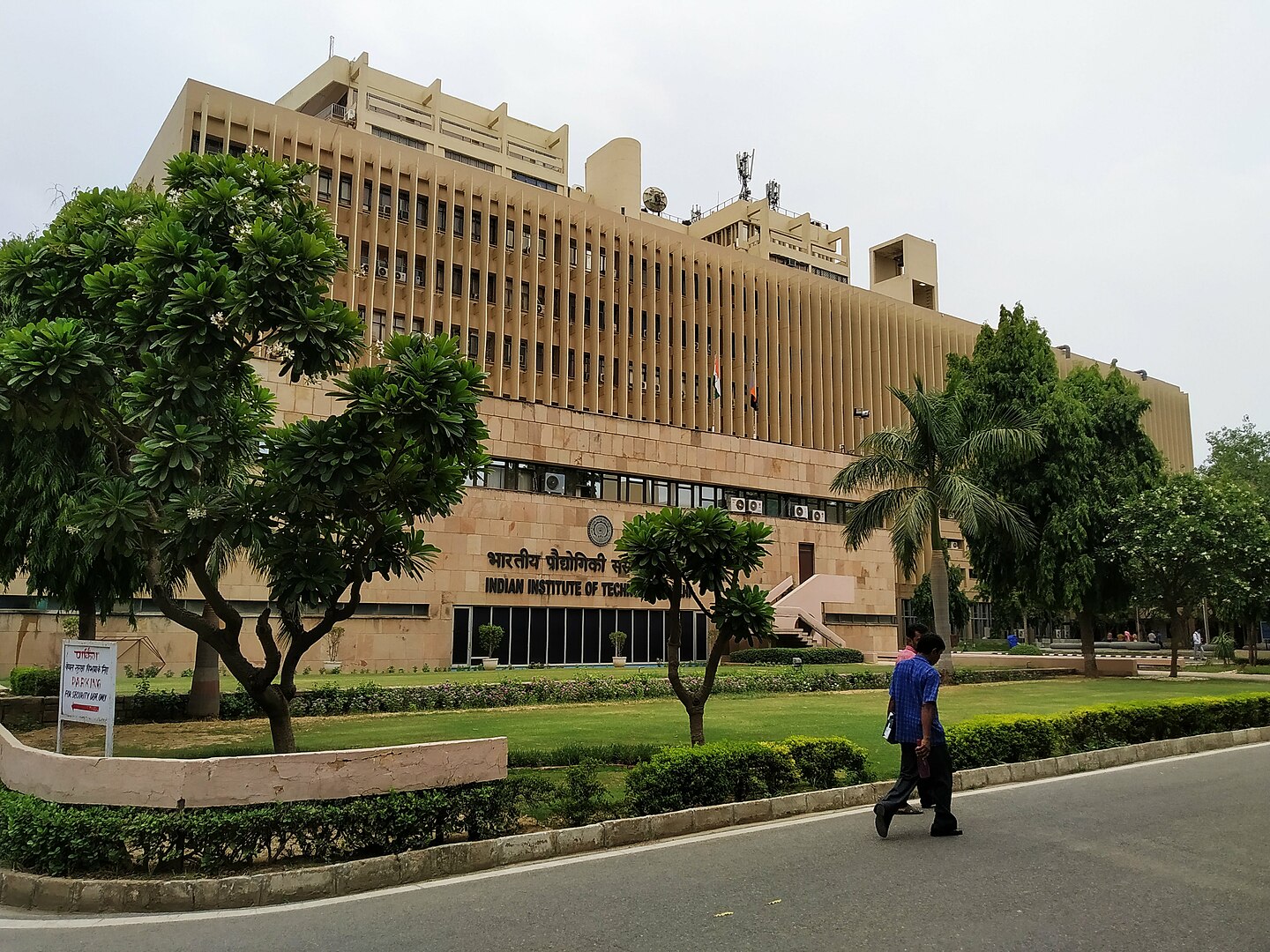
The Athpula Eight Piers Bridge in Lodi Gardens
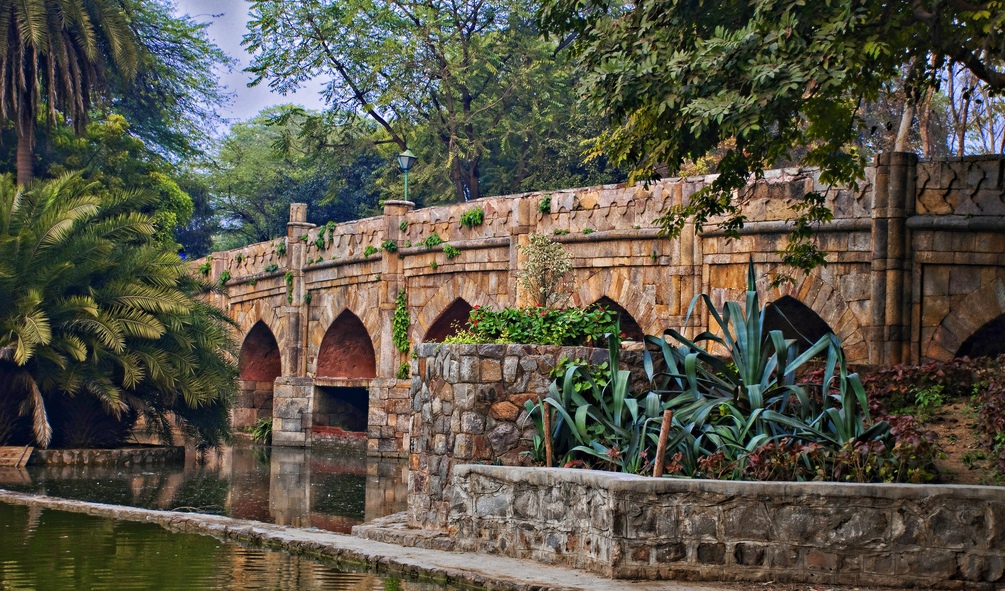
Torana from the 12th Century Kakatiya Dynasty at Warangal Fort India
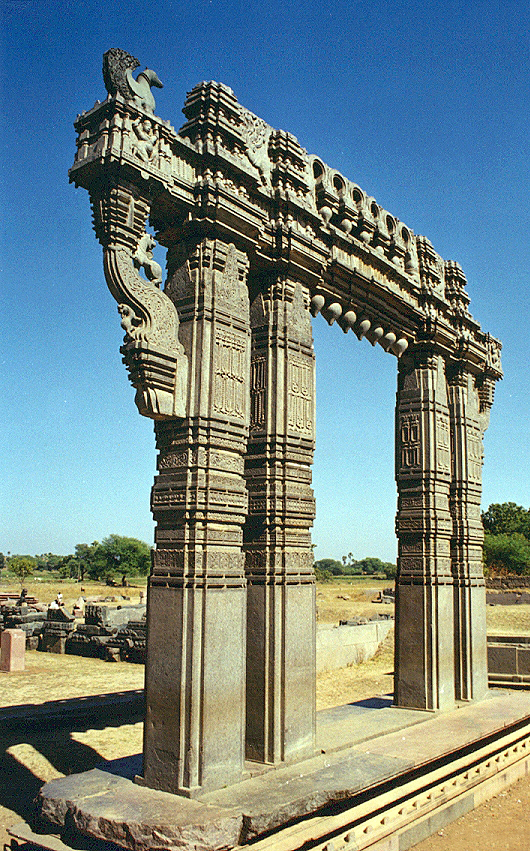
Torana in Sas Bahu Temple Udaipur
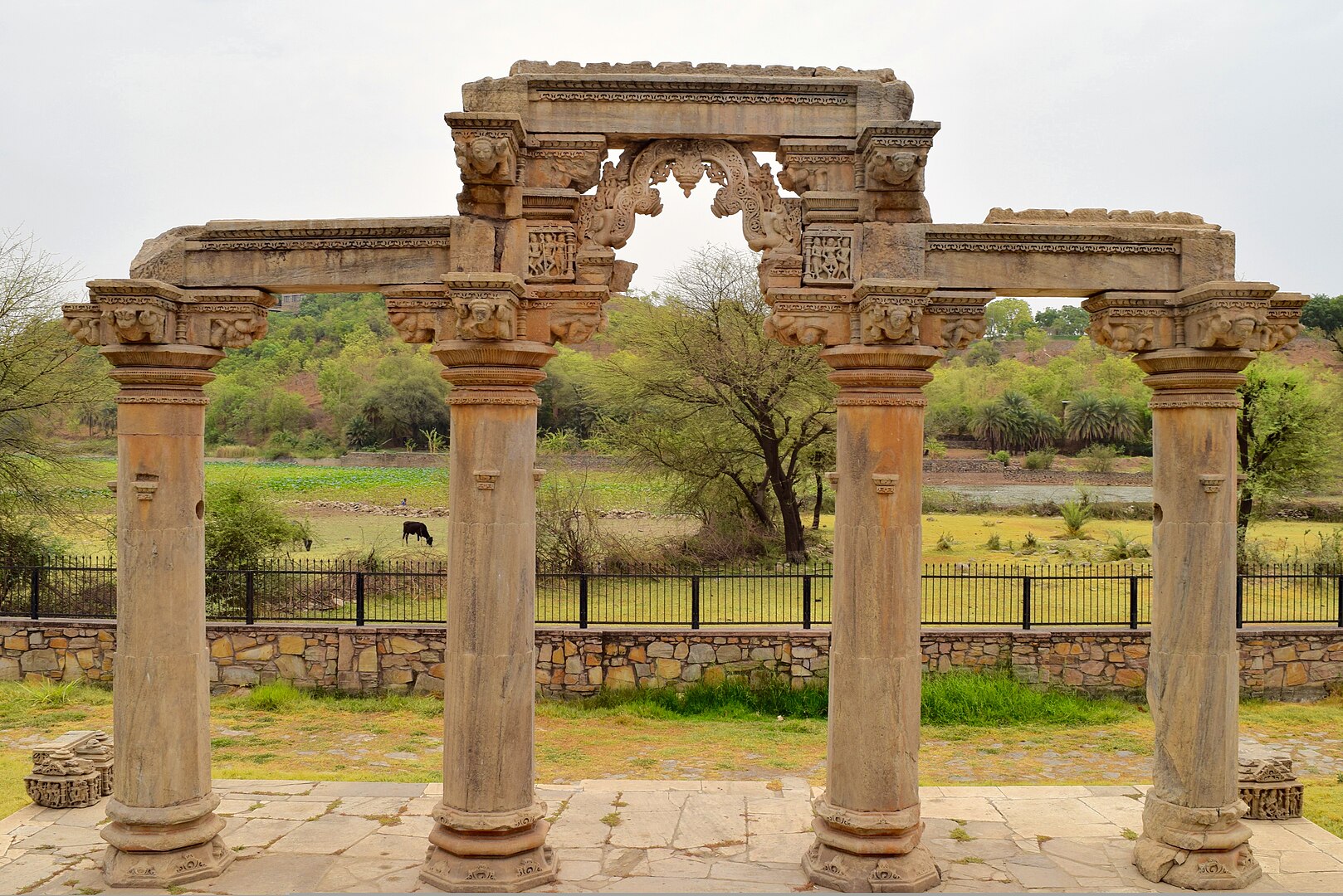
Torana of the 10th Century Muktesvara Deula India
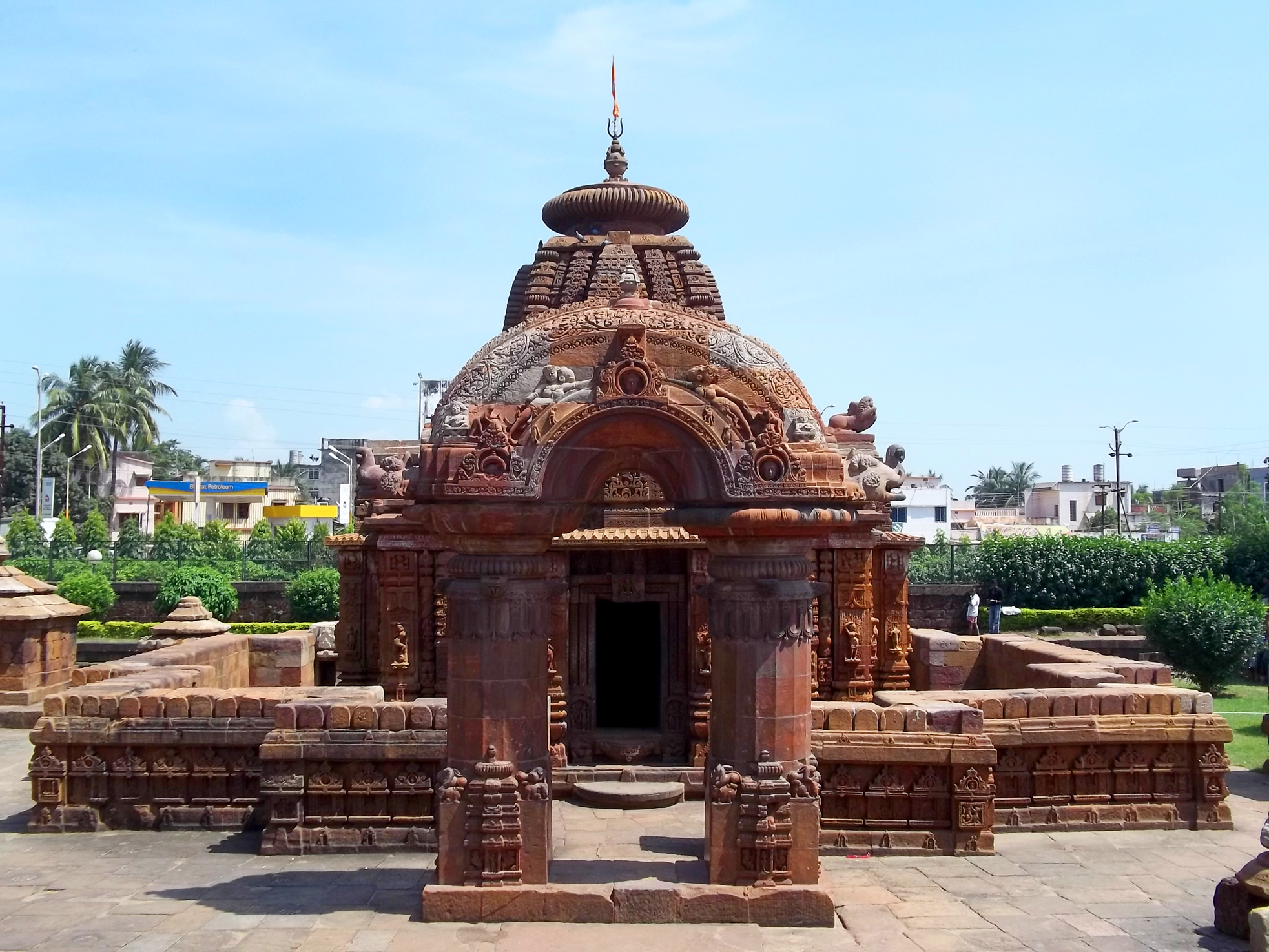
Victorian Gothic Arches in Chhatrapiti Shivaji Terminus Mumbai
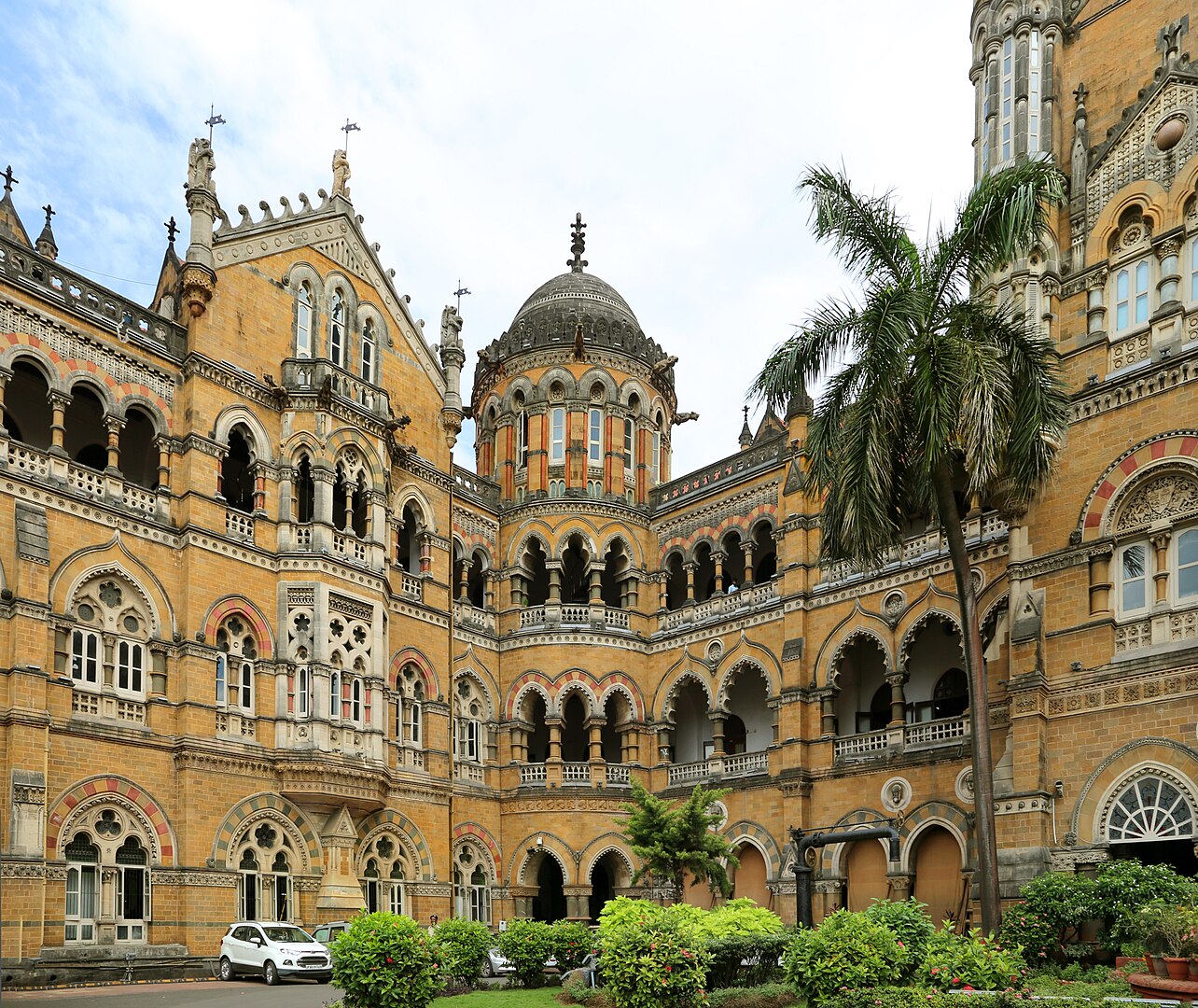
Waterfall at Rock Garden Chandigarh
